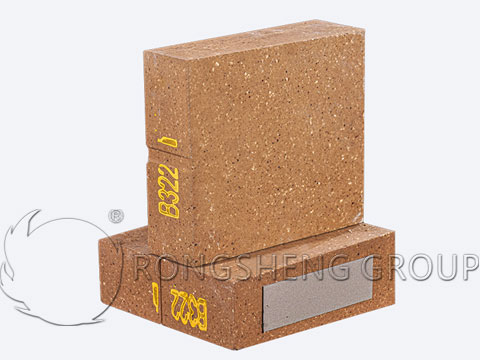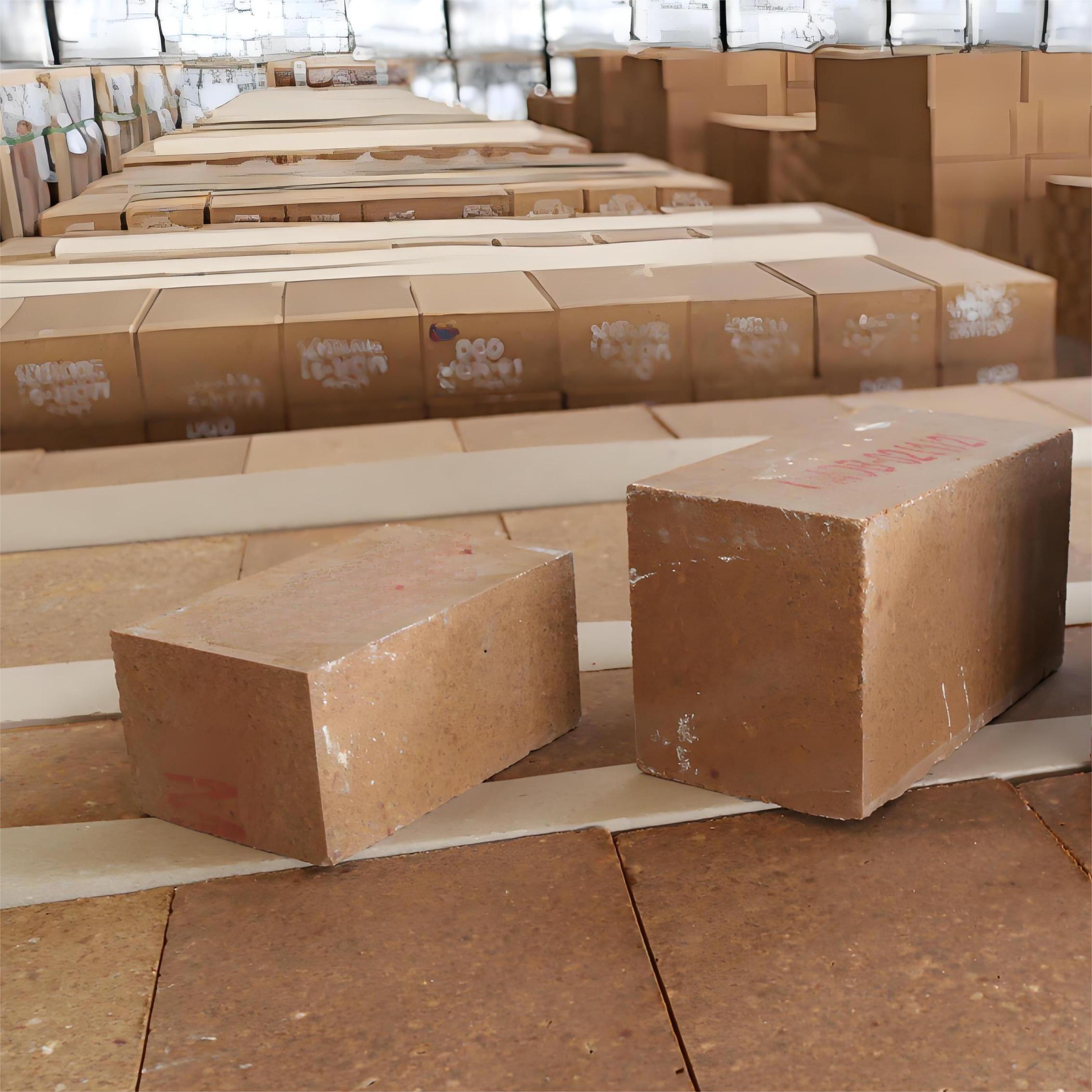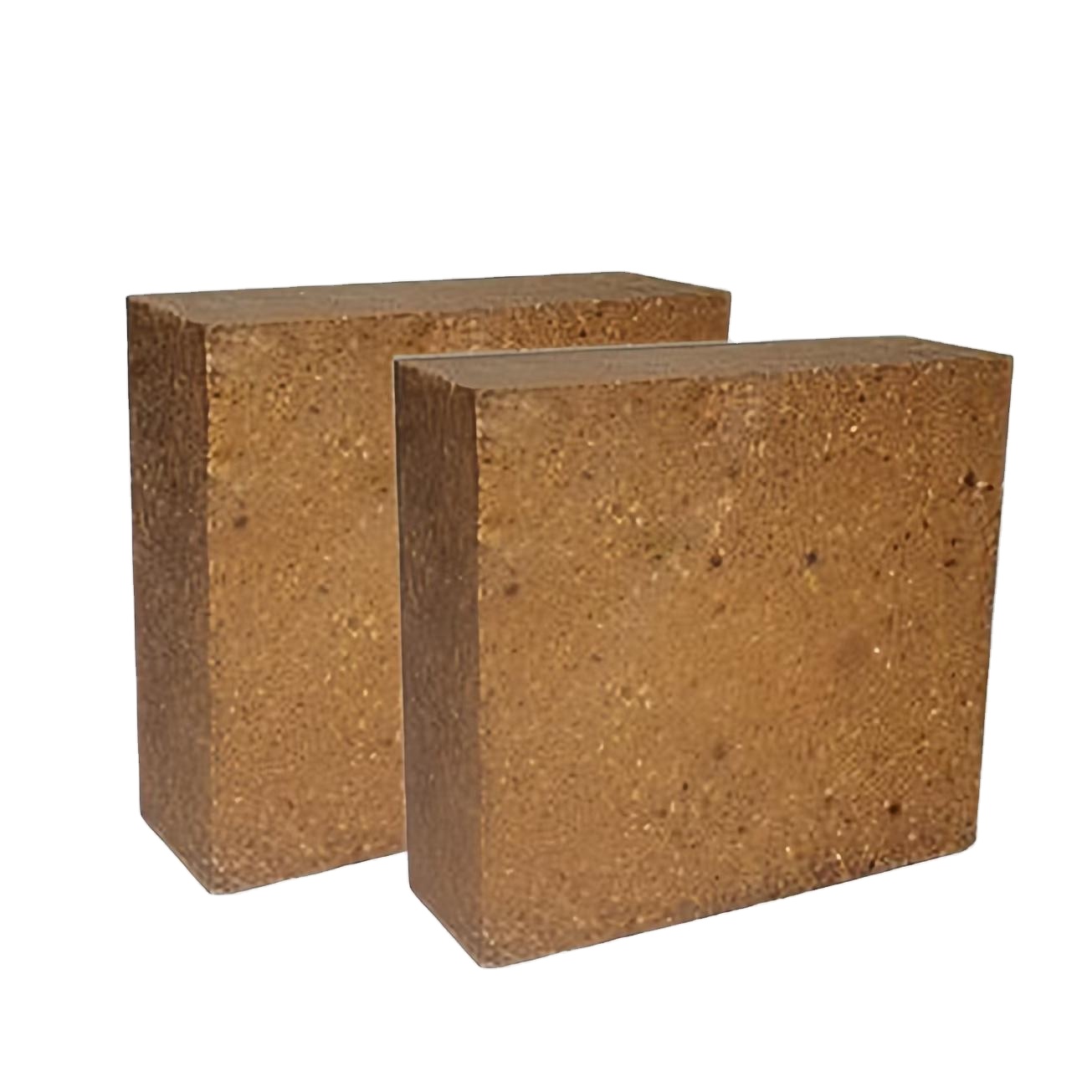
In the demanding environments of high-temperature industries such as steel production, cement, and metallurgy, refractory materials play a pivotal role in operational success. However, many traditional refractory bricks pose significant challenges, including pollutant emissions—particularly hazardous hexavalent chromium (Cr(VI))—and premature wear under extreme thermal and mechanical stress. These issues translate into increased downtime, higher energy consumption, and environmental non-compliance risks.
Addressing such multifaceted challenges, Zhengzhou RongSheng Refractory Co., Ltd. has developed an advanced magnesia-aluminum spinel brick that sets a new benchmark for performance and sustainability in the high-temperature sector.

Rongsheng’s magnesia-aluminum spinel bricks are meticulously crafted from high-purity raw materials, ensuring chemical stability and optimal thermal conductivity. Utilizing advanced manufacturing processes, these bricks overcome common contaminants' risks, including the removal or significant reduction of hexavalent chromium compounds — a leading cause of refractory-induced environmental pollution.
By implementing innovative sintering techniques and quality control systems compliant with ISO9001 and ISO14001 standards, the manufacturer guarantees bricks that not only excel in physical properties but also meet stringent international environmental regulations.
Traditional magnesia-chrome bricks have long been scrutinized for releasing hexavalent chromium during high-temperature operations, posing severe health risks and necessitating costly environmental controls. Rongsheng’s magnesia-aluminum spinel bricks eliminate these concerns by chemically binding chromium to a stable trivalent state or by entirely excluding chromium compounds in the production batch.
This innovation results in zero or near-zero Cr(VI) emissions, facilitating compliance with increasingly tight regulations worldwide. Consequently, plants can reduce their environmental footprint while maintaining the structural integrity necessary for prolonged service life.
In the rigorous conditions of steel furnaces and clinker kilns, refractory bricks face combined thermal shock, chemical corrosion, and mechanical abrasion. Rongsheng’s magnesia-aluminum spinel bricks demonstrate remarkable resistance to these stressors, exhibiting:

Rongsheng maintains rigorous internal quality assurance validated by internationally recognized certifications ISO9001 for quality management and ISO14001 for environmental management. This dual focus ensures customers receive products that meet exacting standards without compromising sustainability goals.
Beyond product quality, Rongsheng offers tailored technical support including site evaluations, installation guidance, and lifecycle optimization consulting, enabling clients to maximize their operational efficiency and minimize downtime.
A leading steel manufacturer integrated Rongsheng magnesia-aluminum spinel bricks in its converter lining system. Post-installation monitoring over 12 months revealed:
| Performance Metric | Traditional Brick | Rongsheng Brick |
|---|---|---|
| Average Service Life (Months) | 10 | 13 |
| Energy Consumption Reduction | N/A | Up to 8% |
| Cr(VI) Emissions | Detected | Non-detectable |
The result was a combined benefit: prolonged maintenance intervals, noticeable reduction in fuel use due to enhanced insulation, and a significant drop in hazardous emission levels.

Zhengzhou Rongsheng Refractory Co., Ltd.’s magnesia-aluminum spinel bricks represent a crucial step forward for high-temperature industries aiming to reduce environmental impact while maintaining operational efficiency. This next-generation refractory solution provides a win-win pathway to meet both sustainability policies and economic goals.
To explore how Rongsheng’s products can help your enterprise achieve superior energy savings, comply with environmental standards, and improve refractory lifecycle performance, contact us today. Request a sample or consultation through the link below and start your journey to greener, more efficient production.










